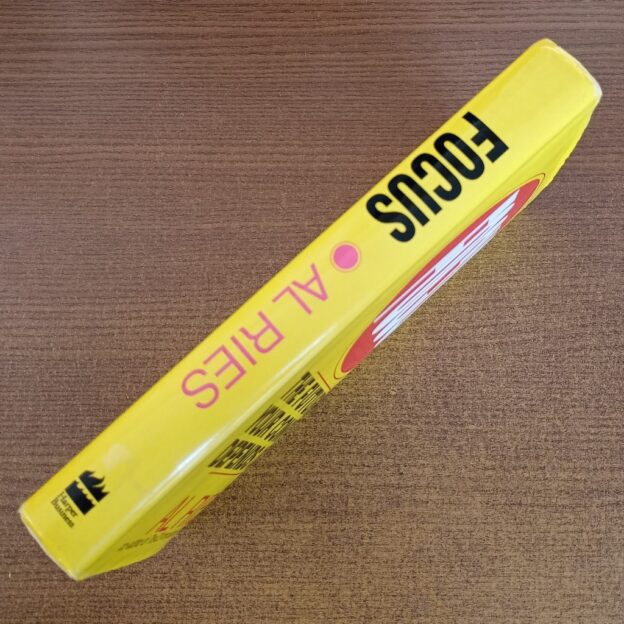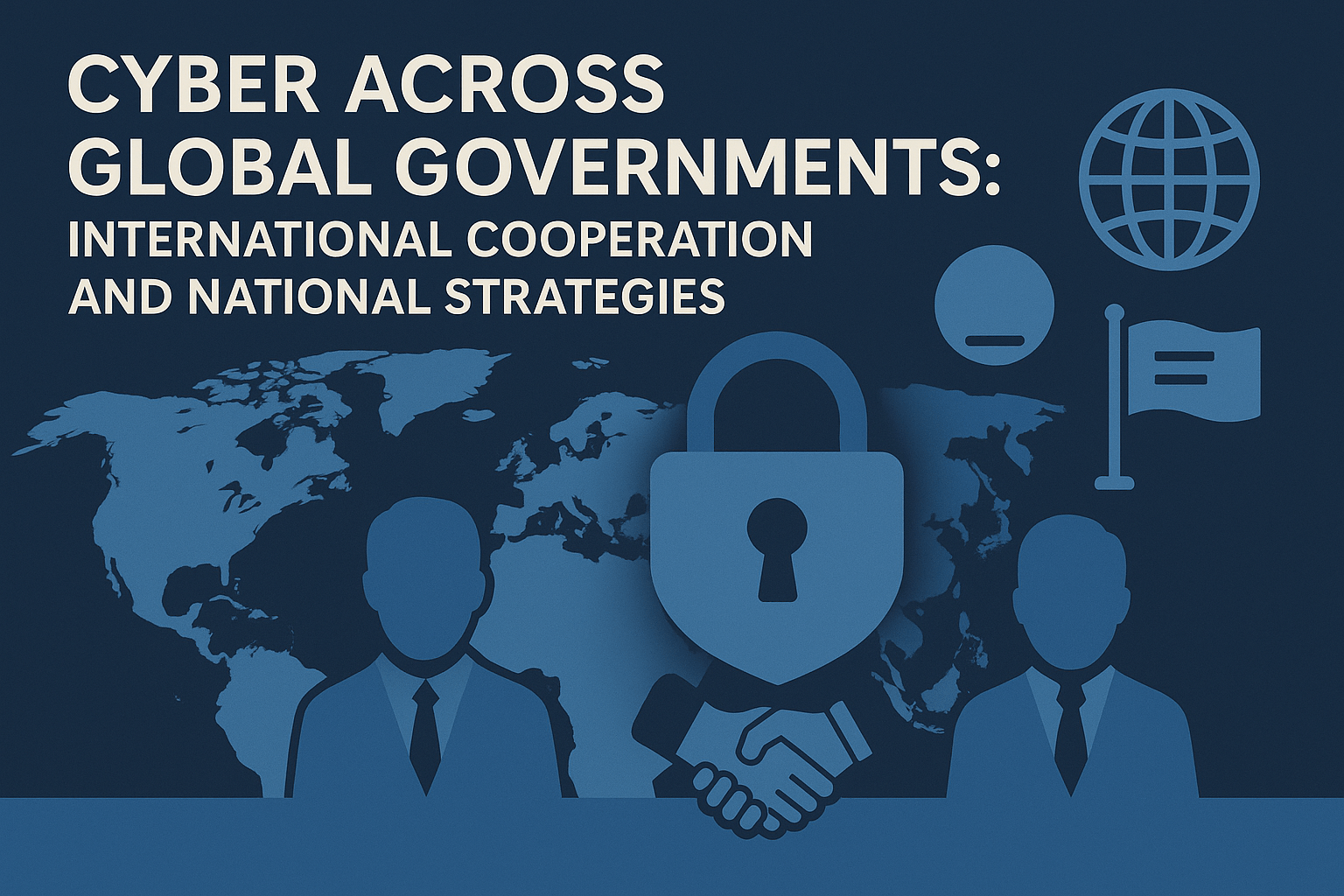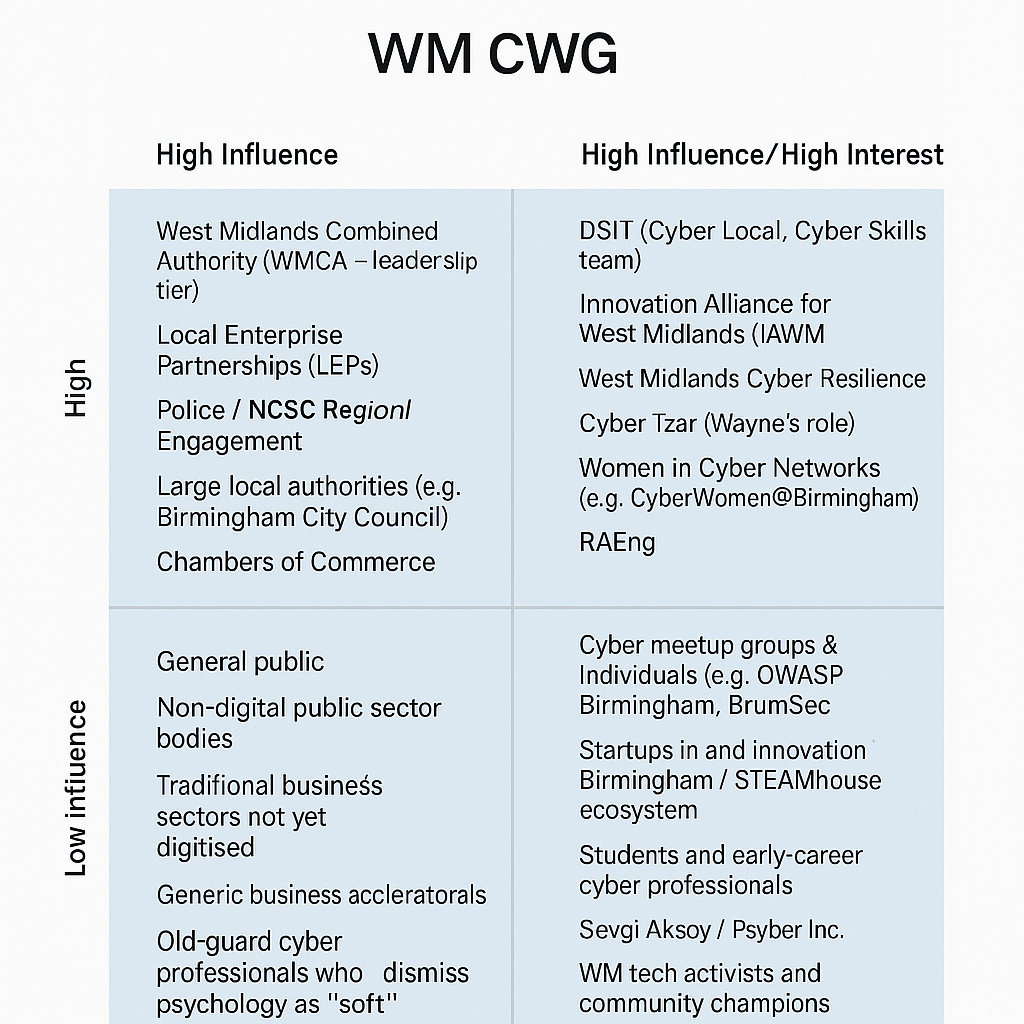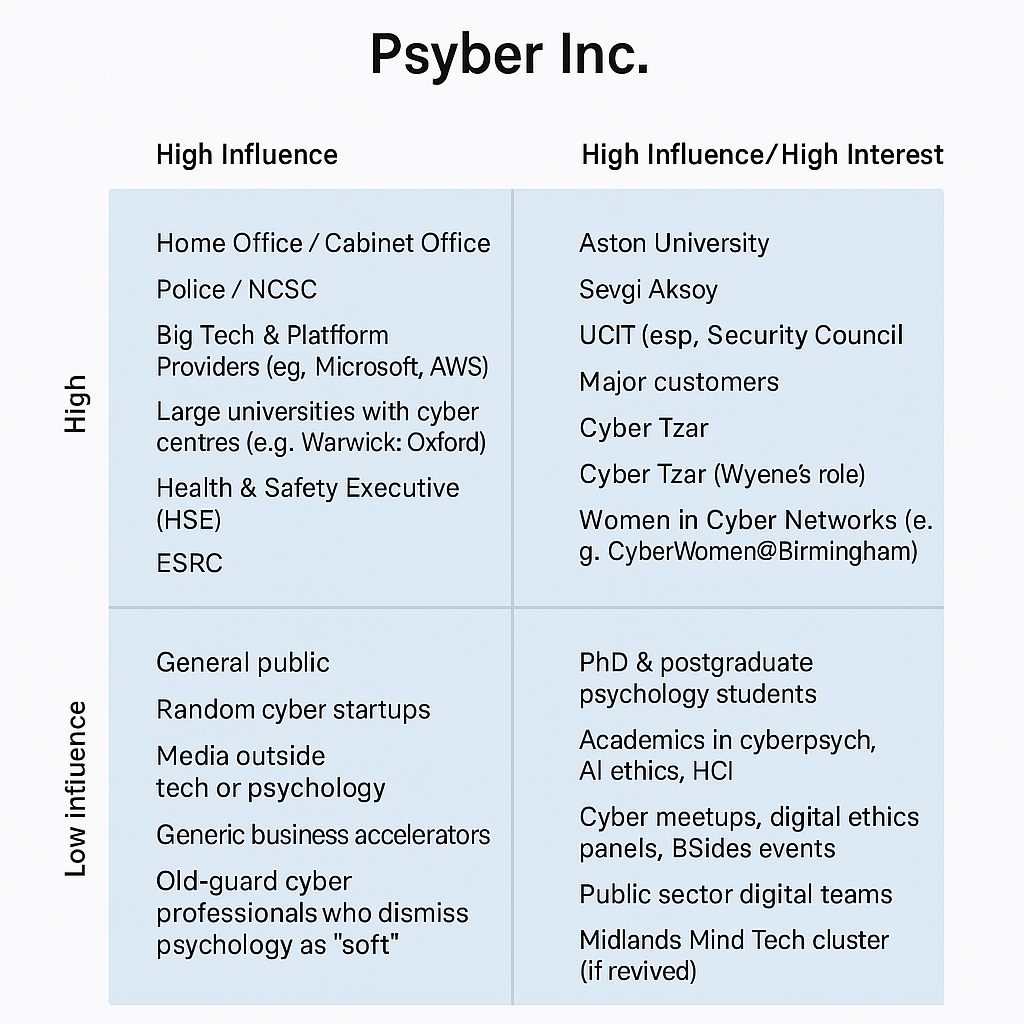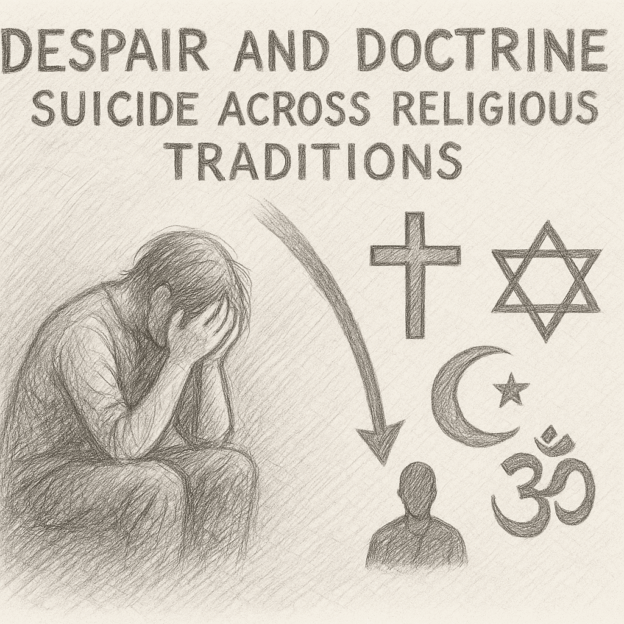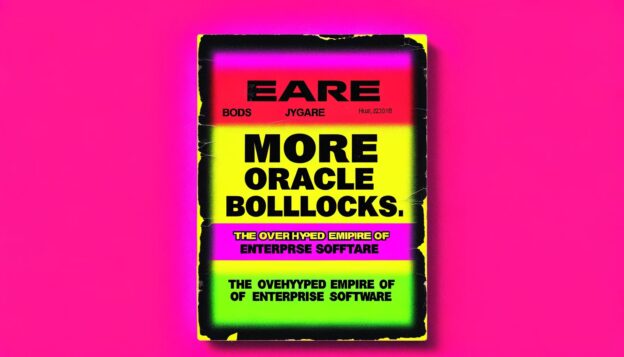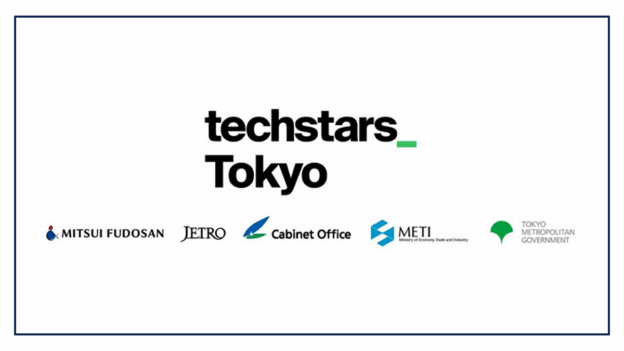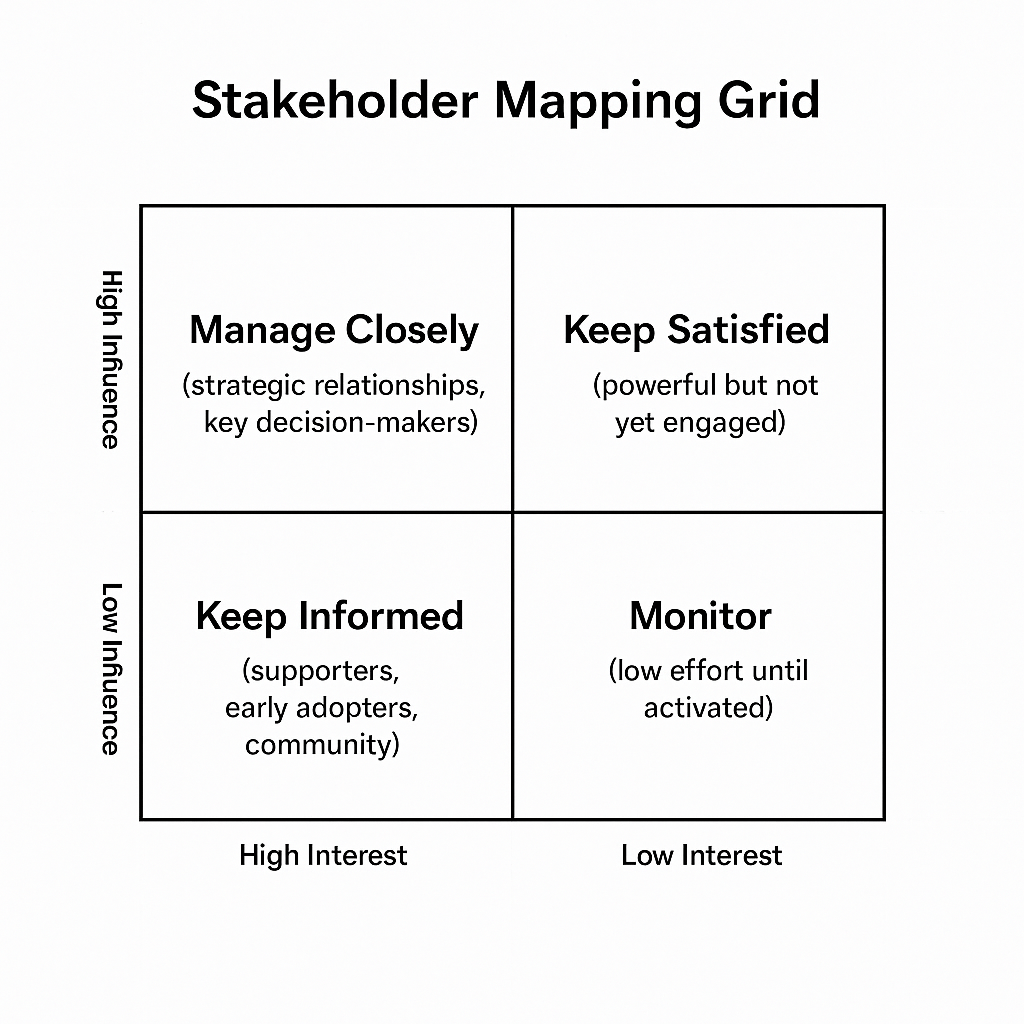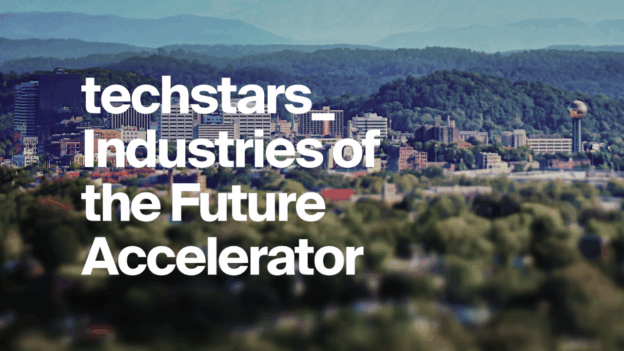Banksy, the elusive artist-slash-provocateur whose street art inspires breathless headlines, Instagram pilgrimages, and auction house-feeding frenzies. The name alone conjures images of anti-establishment stencils, secretive installations, and shredded canvases that make the art world weak at the knees. But peel back the layers of mystique, and you’ll find an empire built as much on hype and clever PR as artistic merit.
Continue reading
